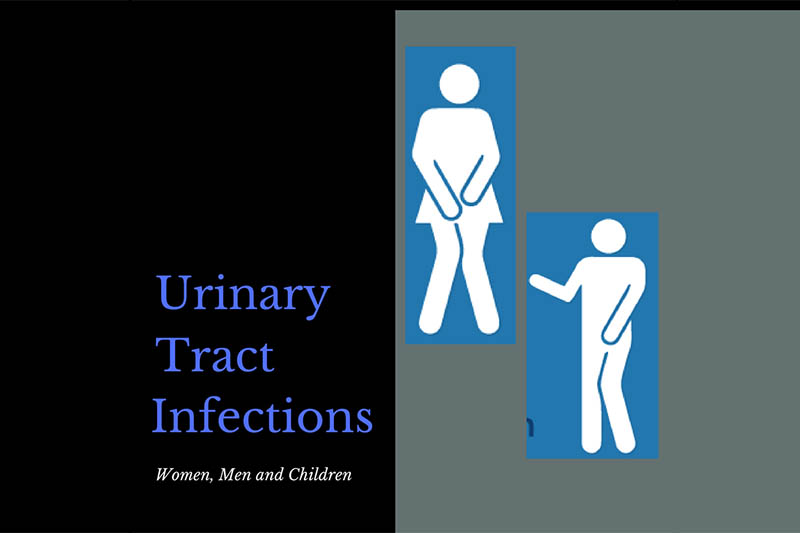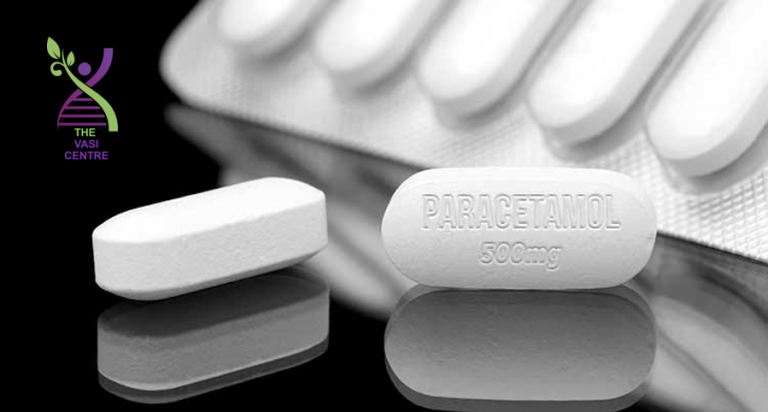
What are UTI’s? Urinary Tract Infections
Do you… Frequently or urgently need to urinate Often only pass small amounts of urine Have Pain or burning sensation when urinating These can be symptoms of urinary tract infections. There
Paracetamol, also known as acetaminophen, is a medicine used to treat pain and reduce fever.
Paracetamol itself is commonly used for mild to moderate pain relief but is also often used in conjunction with other types of medications such as cold and flu medications, or opioid pain medications for severe pain.
It is used to treat many conditions such as headaches, toothaches, sprains, muscle aches, back pain, arthritis, period pain, colds, and fever.
It was discovered in 1877 and is the most commonly used medication for both pain and fever in the United States and Europe.

Paracetamol is considered one of the safest and mildest forms of pain medications. It is considered one of the safest for pregnant and breastfeeding women and doesn’t interact with many other medications that do not contain paracetamol. It is also the first choice of pain medication for people on the blood thinner, warfarin. It doesn’t interact with food, or low amounts of alcohol (less than 3 standard drinks in a day), and will not make you drowsy or affect cognitive function. However, studies show that an overdose of this medication can be fatal, and long-term use may cause severe kidney and liver problems.
Unlike aspirin and other NSAID drugs, paracetamol does not appear to inhibit the function of any cyclooxygenase enzyme outside of the central nervous system, thus appearing to be why it is not useful or effective as an anti-inflammatory. It does, however, appear to selectively inhibit cyclooxygenase activity in the brain, which may contribute to its ability to reduce pain and fever. Paracetamol acts to inhibit the production of pain and inflammation causing chemicals called prostaglandins. While prostaglandins are found throughout the body, paracetamol appears to mainly affect the ones found in the brain.
A metabolite of paracetamol, known as AM404, is known to modulate and control the endogenous cannabinoid system in the brain. The endogenous cannabinoid system is a biological system composed of endocannabinoids, which are lipid-based retrograde neurotransmitters that bind to the cannabinoid receptors and cannabinoid proteins that are released through the central nervous system. This system is involved in regulating a range of physiological and cognitive processes and functions such as fertility, appetite, pain-sensation, mood, and memory. AM404 appears to work by inhibiting the reuptake of the endogenous cannabinoid/vanilloid anandamide by neurons, making them more accessible and available to reduce pain. AM404 can also directly activate the TRPV1 (vanilloid receptor), which also inhibits pain signals to the brain.
After being taken by mouth, paracetamol is rapidly absorbed by the gastrointestinal tract. The concentration in serum after a normal dose of paracetamol usually peaks below 30 µg/ml, and after 4 hours the concentration drops to below 10µg/ml.
Paracetamol is primarily metabolised in the liver into toxic and non-toxic by-products. There are three metabolic pathways in which these by-products are processed. These include
All three pathways yield final products which are non-toxic and inactive and are eventually excreted by the kidneys. In the third pathway mentioned above, the middle product produced, NAPQI, is toxic and primarily responsible for the toxic effects of paracetamol. At normal dosage levels, NAPQI is quickly detoxified by conjugation and glutathione but in excess can cause overdose.
You should always use paracetamol as directed on the label or as prescribed by a doctor. An overdose, r excessive use of this medication can cause damage to the liver, particularly in alcoholics or individuals with liver disease.
When using paracetamol to treat a child, use a paediatric form, and carefully follow the dosing instructions on the label. Do not give this medication to children under the age of 2 years old without the direct advice of a doctor. The World Health Organization suggests that paracetamol should only be used to reduce fever in children when it is above 38.5⁰C (101.3⁰F).
The effects of paracetamol usually kick in after 30 minutes of being taken and tend to last 4 – 6 hours.
There are many different ways of taking paracetamol. Most common is as a tablet/caplet or capsule which must be swallowed whole, but you can also get paracetamol in liquid form, chewable tablets, disintegrating tablets (which must be dissolved in the mouth without chewing), dissolvable effervescent granules or tablets, and rectal suppositories. Each form of paracetamol will have instructions on the packaging.
Adults typically take 1 – 2 500mg tablets every 4 – 6 hours. Children under 16 are advised to take a lower dose, depending on their age or weight
You should stop using paracetamol if:
These are all indicative of an underlying problem which cannot be treated by paracetamol, and requires treatment by a doctor.
Paracetamol affects people differently based on:
Overdose of this drug can cause serious harm. It is recommended that the maximum amount of this medication is 1 gram (1000mg) per dose and 4 grams (4000mg) per day. Taking more than the recommended amount can cause damage to the liver.
It is also advised that if you are drinking more than 3 alcoholic beverages per day to consult a doctor before taking this medication, and to not exceed 2 grams (2000mg) per day.
A person with cirrhosis (alcoholic liver disease) may not be able to take this medication at all.
Caution is advised when using other over the counter medications such as cold and flu, cough, or allergy medicines in combination with paracetamol as these medications often contain paracetamol, and an accidental overdose may occur. Check the label of any other medications you are taking to see if it contains paracetamol, or its other names: acetaminophen or APAP.
The US Food and Drugs Administration issued warnings in 2013 that paracetamol may, in rare cases, cause potentially fatal skin conditions known as:
Urine glucose tests may produce false results while you are taking paracetamol. See your doctor if you are diabetic and notice changes in your glucose levels while taking paracetamol.
Long term side effects include
Symptoms of an allergic reaction to paracetamol include
Symptoms of an overdose include

Do you… Frequently or urgently need to urinate Often only pass small amounts of urine Have Pain or burning sensation when urinating These can be symptoms of urinary tract infections. There
Disclaimer – Our intent is not to diagnosis but to offer information on therapy choices and practitioners. Information on this site is intended general educational purposes only. Any statements made are carefully referenced and any information, products or services discussed are not intended to diagnose, cure, treat or prevent any disease or illness. Please consult a healthcare practitioner before making a choice.